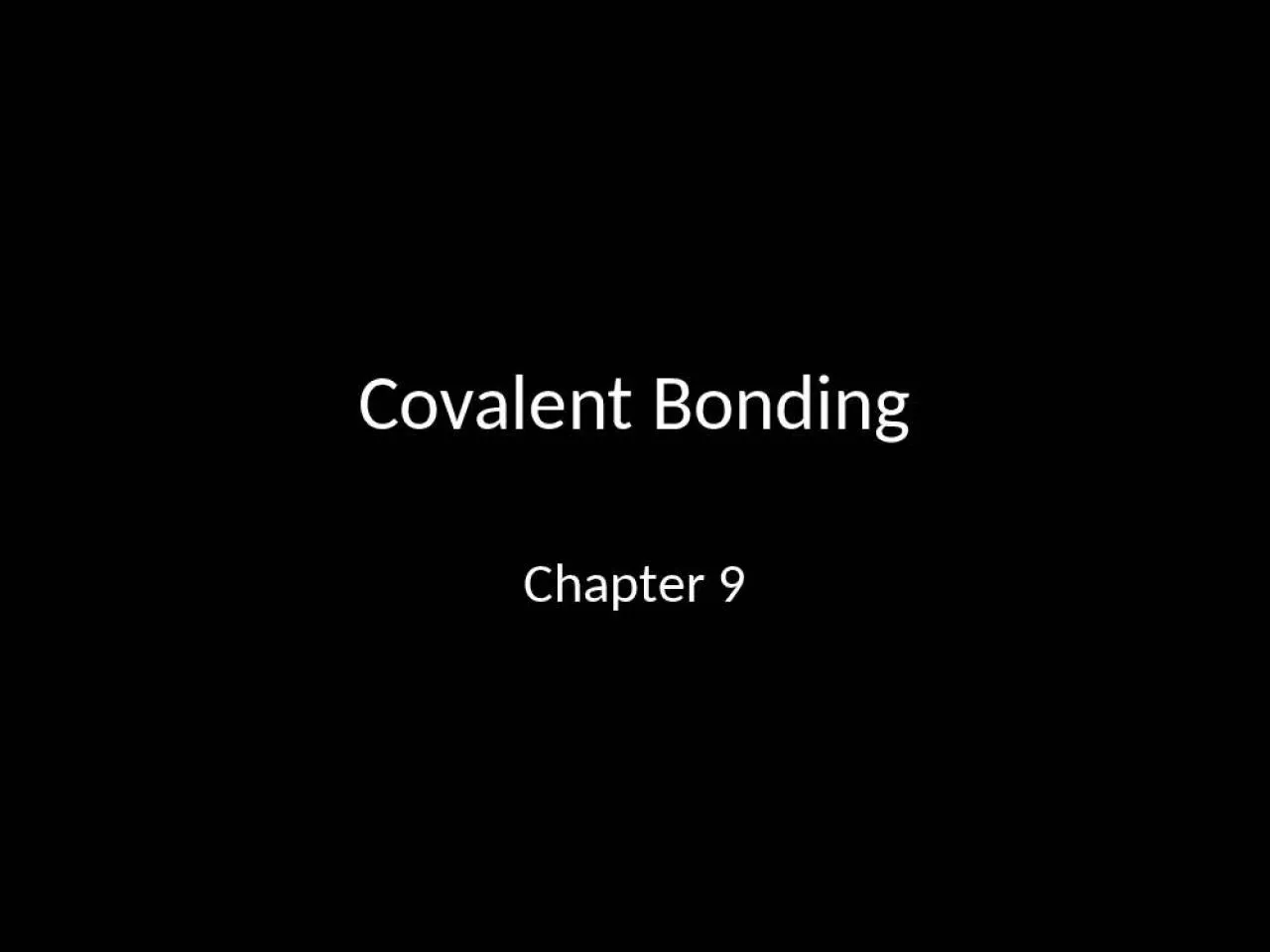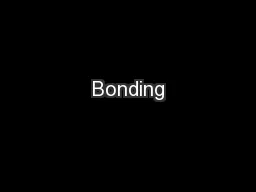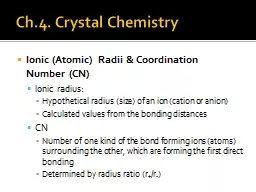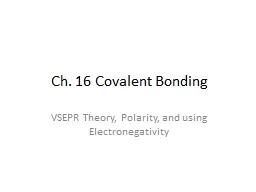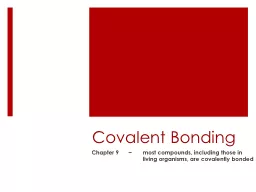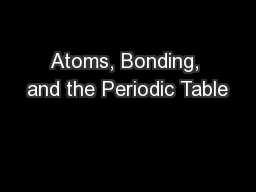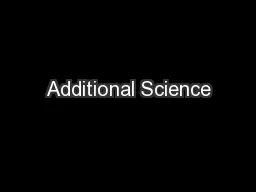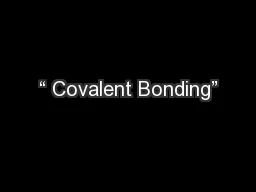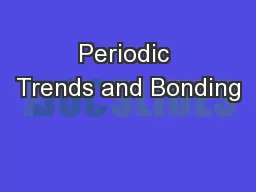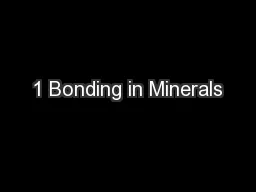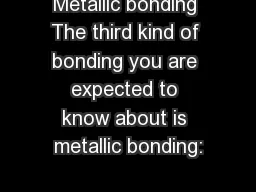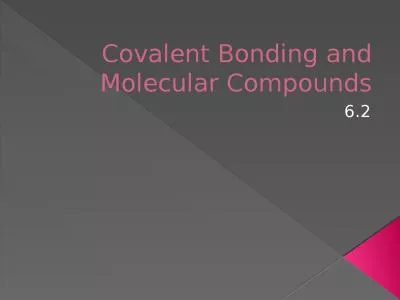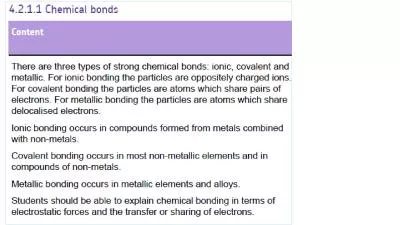PPT-Covalent Bonding Chapter 9
Author : bety | Published Date : 2024-06-08
The Covalent Bond Section 91 Worldwide scientists are studying ways to increase food supplies reduce pollution and prevent disease Understanding the chemistry of
Presentation Embed Code
Download Presentation
Download Presentation The PPT/PDF document "Covalent Bonding Chapter 9" is the property of its rightful owner. Permission is granted to download and print the materials on this website for personal, non-commercial use only, and to display it on your personal computer provided you do not modify the materials and that you retain all copyright notices contained in the materials. By downloading content from our website, you accept the terms of this agreement.
Covalent Bonding Chapter 9: Transcript
Download Rules Of Document
"Covalent Bonding Chapter 9"The content belongs to its owner. You may download and print it for personal use, without modification, and keep all copyright notices. By downloading, you agree to these terms.
Related Documents

